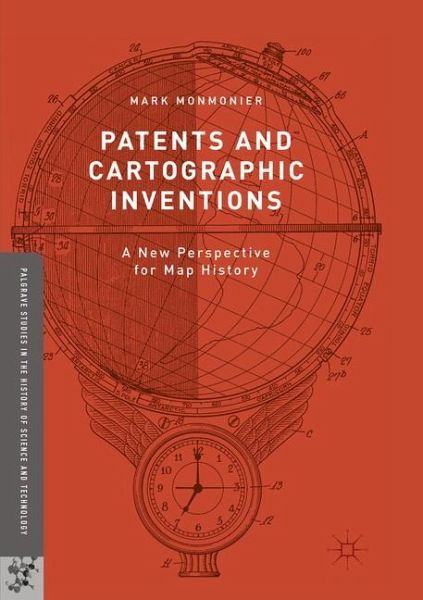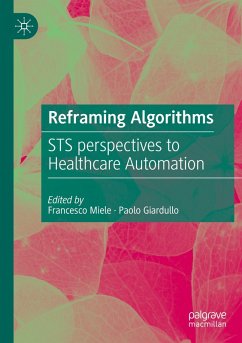
Patents and Cartographic Inventions
A New Perspective for Map History

PAYBACK Punkte
11 °P sammeln!
This book explores the US patent system, which helped practical minded innovators establish intellectual property rights and fulfill the need for achievement that motivates inventors and scholars alike. In this sense, the patent system was a parallel literature: a vetting institution similar to the conventional academic-scientific-technical journal insofar as the patent examiner was both editor and peer reviewer, while the patent attorney was a co-author or ghost writer. In probing evolving notions of novelty, non-obviousness, and cumulative innovation, Mark Monmonier examines rural address gu...
This book explores the US patent system, which helped practical minded innovators establish intellectual property rights and fulfill the need for achievement that motivates inventors and scholars alike. In this sense, the patent system was a parallel literature: a vetting institution similar to the conventional academic-scientific-technical journal insofar as the patent examiner was both editor and peer reviewer, while the patent attorney was a co-author or ghost writer. In probing evolving notions of novelty, non-obviousness, and cumulative innovation, Mark Monmonier examines rural address guides, folding schemes, world map projections, diverse improvements of the terrestrial globe, mechanical route-following machines that anticipated the GPS navigator, and the early electrical you-are-here mall map, which opened the way for digital cartography and provided fodder for patent trolls, who treat the patent largely as a license to litigate.














